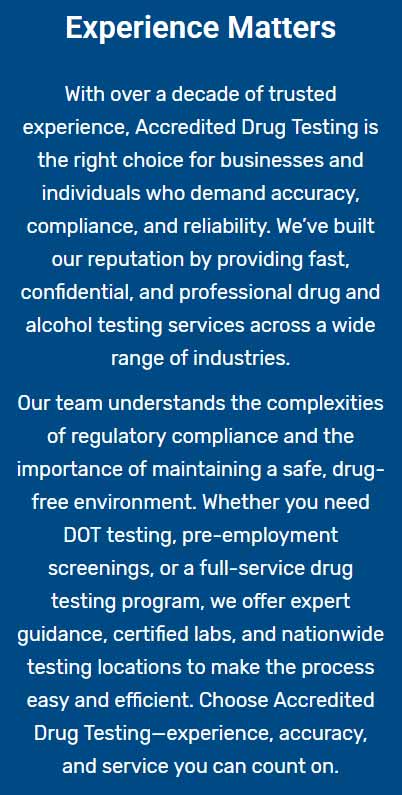What it is, How it works
Hair testing is recognized as an effective method for identifying alcohol and drug consumption. The composition of hair allows it to preserve a record of drug and alcohol presence by embedding biomarkers within the strands as they grow. When collected near the scalp, hair samples can offer an approximate detection timeframe of three months for drugs and alcohol. Hair is easy to gather, challenging to tamper with, and straightforward to transport.
A 1.5-inch section from roughly 200 hair strands (comparable to the size of a #2 pencil) closest to the scalp yields 100mg of hair, which is the optimal quantity for both screening and confirmation. For tests such as EtG, add-ons, or those exceeding 10 panels, a sample of 150mg is suggested. Using a jeweler's scale to weigh the specimen is advisable. If scalp hair is absent, a similar quantity of body hair is a viable alternative. Reference to head hair pertains solely to scalp hair, while body hair signifies all other hair forms (facial, axillary, etc.).
Process Overview
The drug testing workflow in a laboratory involves four primary stages: Accessioning, Screening, Extraction, and Confirmation.
During Accessioning, the sample first enters the lab’s system. This step includes ensuring the sample's seal and shipment were intact, creating a unique LAN (Laboratory Accessioning Number), and completing any necessary data entry absent from an electronic chain of custody system.
Screening performs an initial assessment for potential drug presence. Though Screening checks are economical for excluding drug presence in most cases, legal admissibility requires confirmation of any positive screen. Samples indicating presumptive positivity in Screening undergo additional confirmation processes.
If a sample tests positive in the Screening phase, additional strands from the initial hair sample undergo preparation for Extraction. During Extraction, drugs are isolated from hair at considerably lower concentrations compared to other techniques (e.g., urine or oral fluid), contributing to hair drug screening's complexity.
Positive Screening results necessitate Confirmation through processes such as GC/MS, GC/MS/MS, or LC/MS/MS. Presumptively positive samples are cleansed prior to confirmation as required. From Accessioning through to Confirmation, the process undergoes scrutiny against the CAP (College of American Pathologists) Hair criteria and compliance with the ISO / IEC 17025 standards.
Advantages of hair drug testing:
- Extended detection duration: Hair testing detects drug consumption over up to 90 days, whereas urine testing often has shorter detection periods.
- Hard to manipulate: Cheating a hair test proves notably challenging, enhancing the reliability of results.
- Tracks historical usage: Hair tests can delineate a timeline of substance use, transcending mere recent usage.
Limitations:
- Cannot identify recent consumption: Drugs require about 5-7 days before becoming traceable in hair strands.
- Higher cost: Hair drug testing is typically costlier than alternative drug testing options.
- Result variability: Hair color variations and individual growth differences can impact drug metabolite concentration in hair.
Note: Although often termed as "hair follicle tests", these tests actually examine the hair strand rather than the follicle beneath the scalp.




